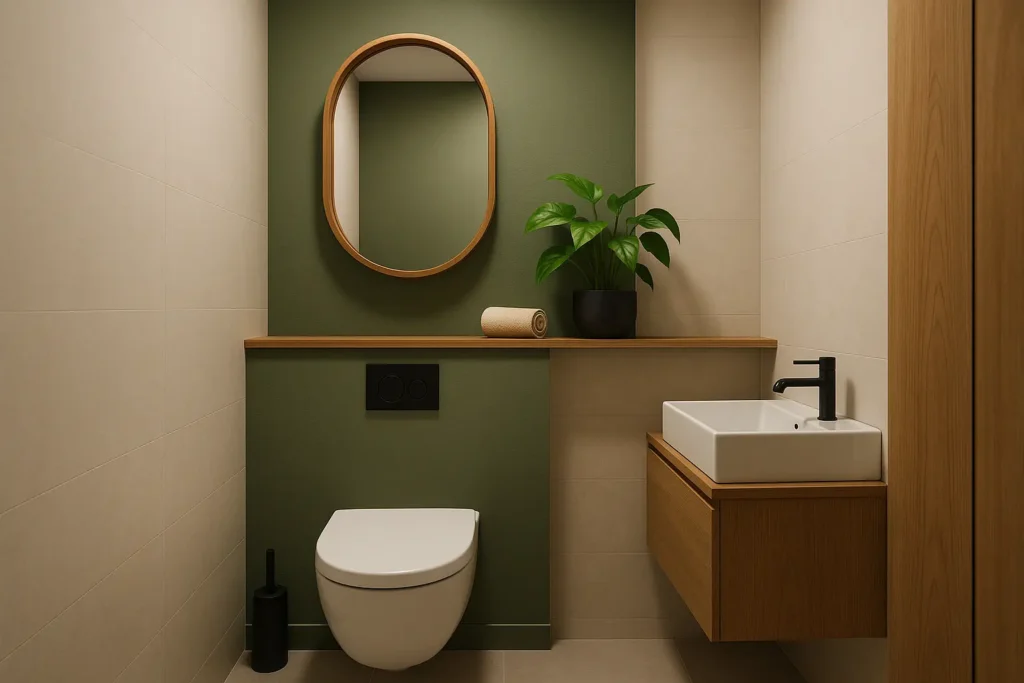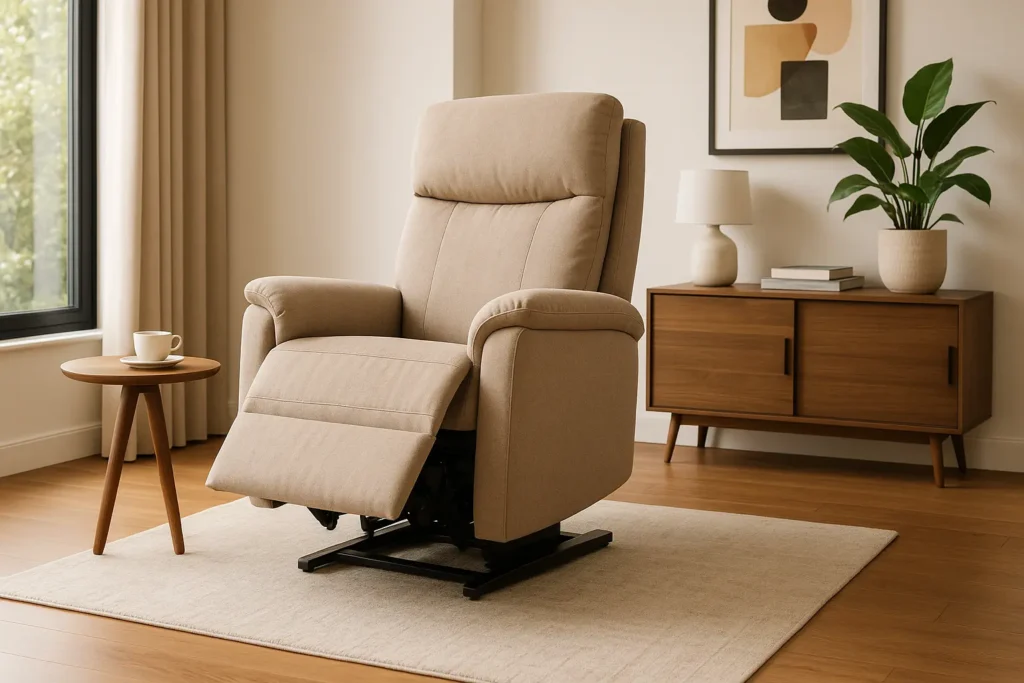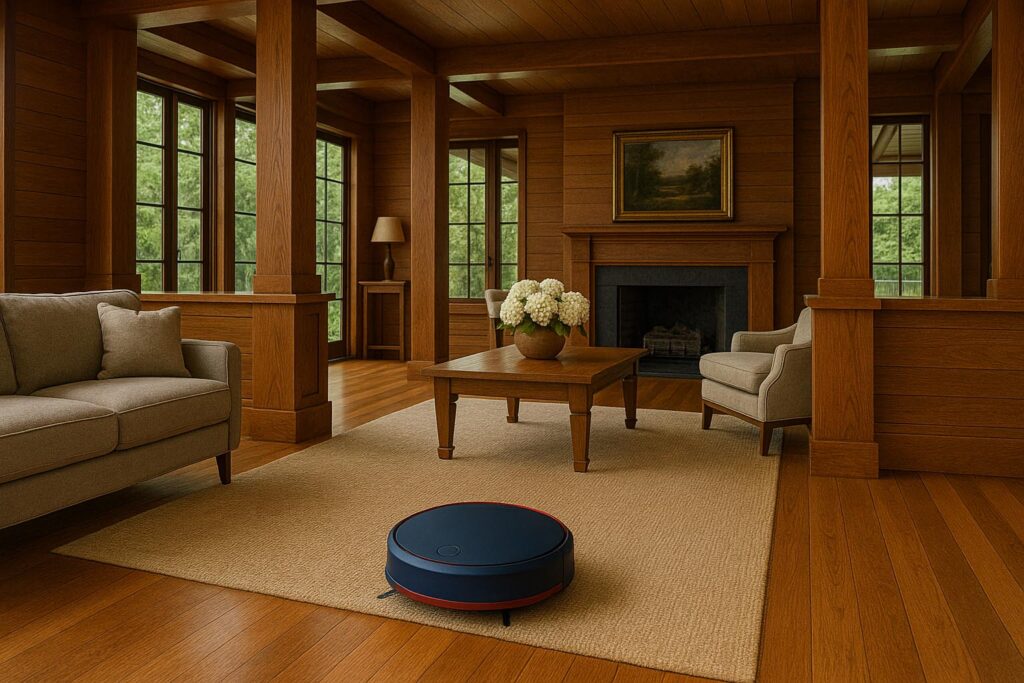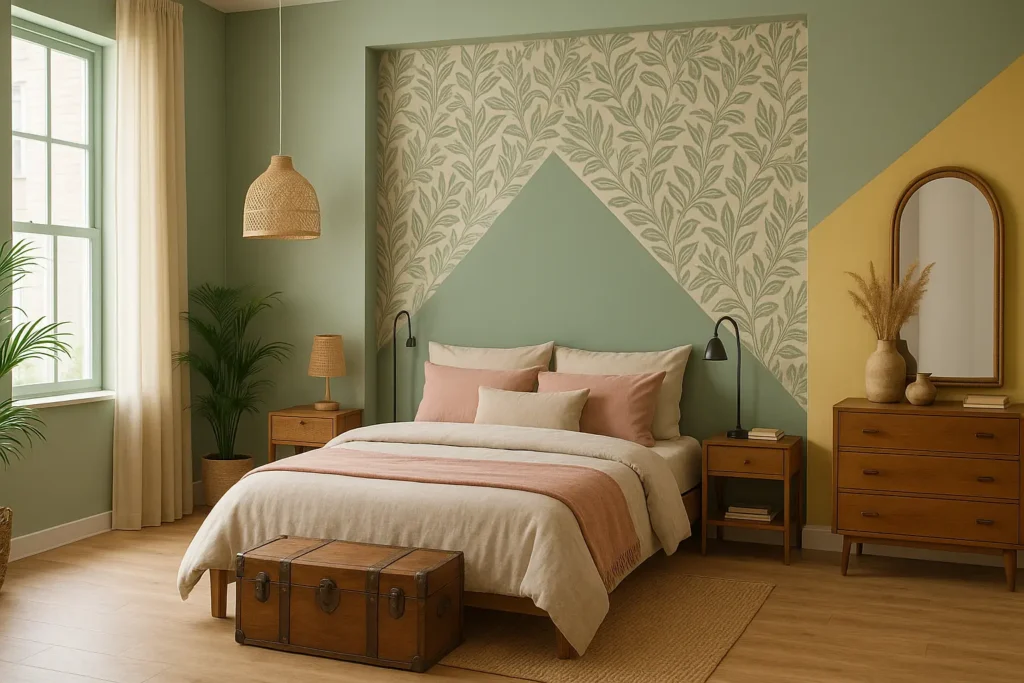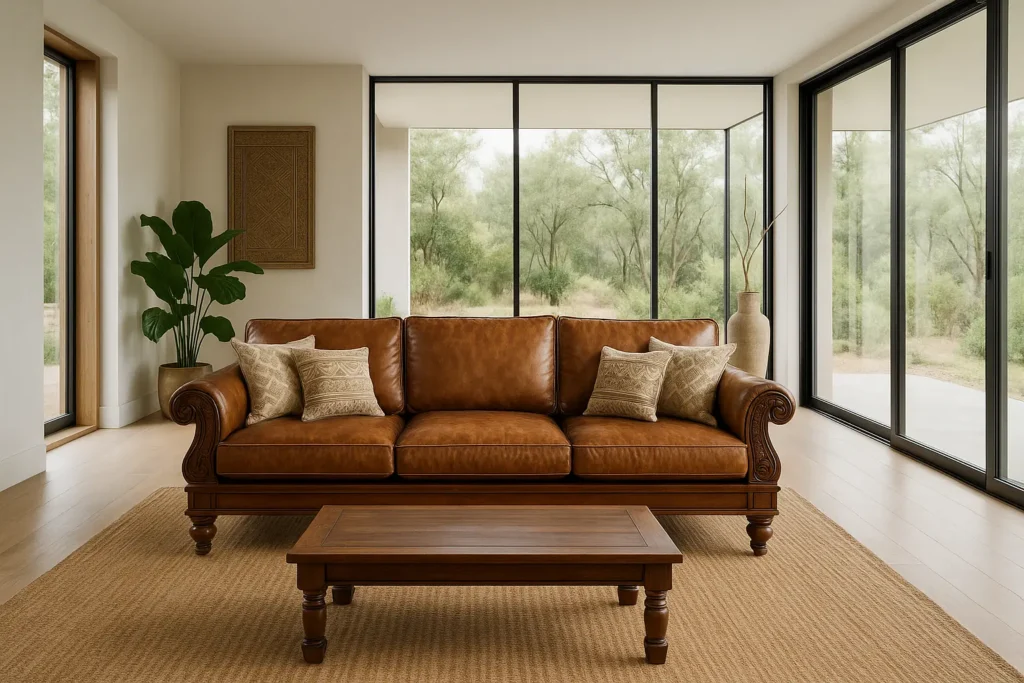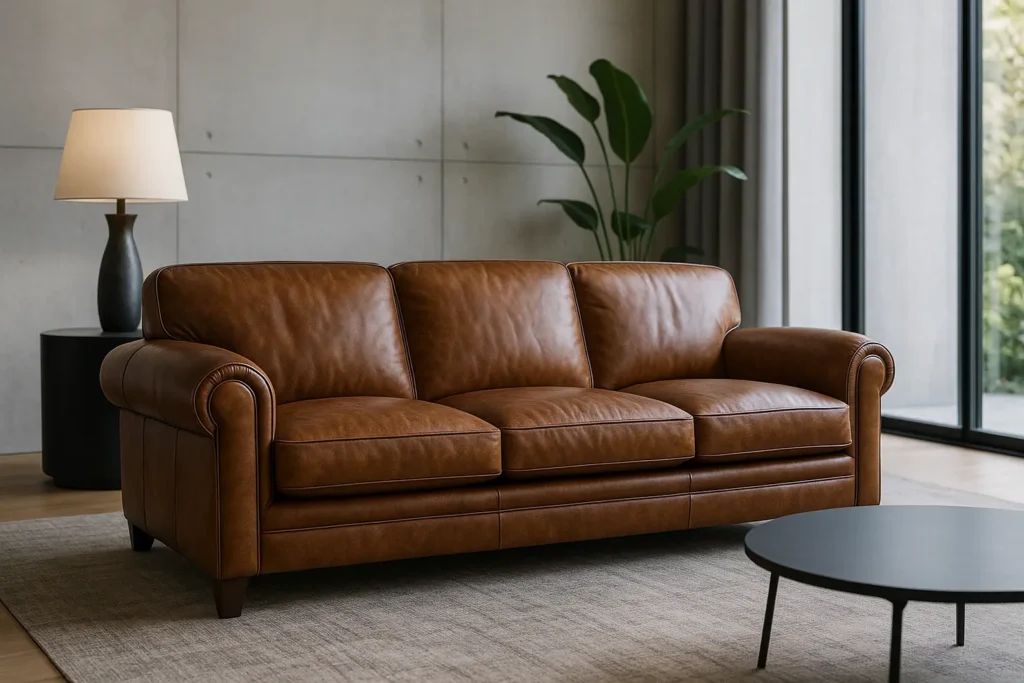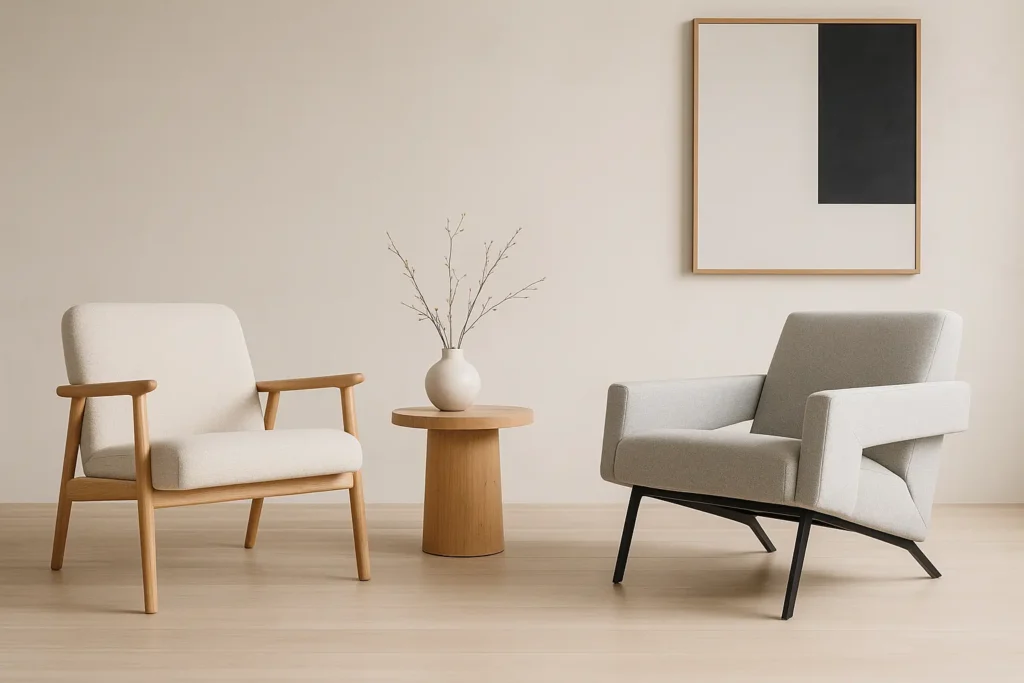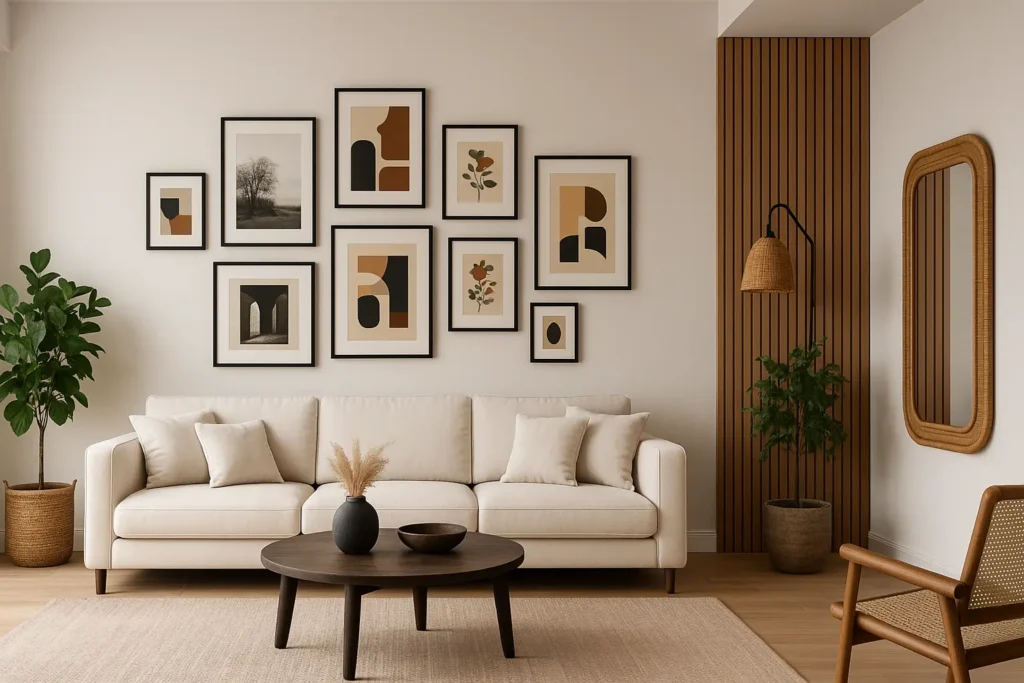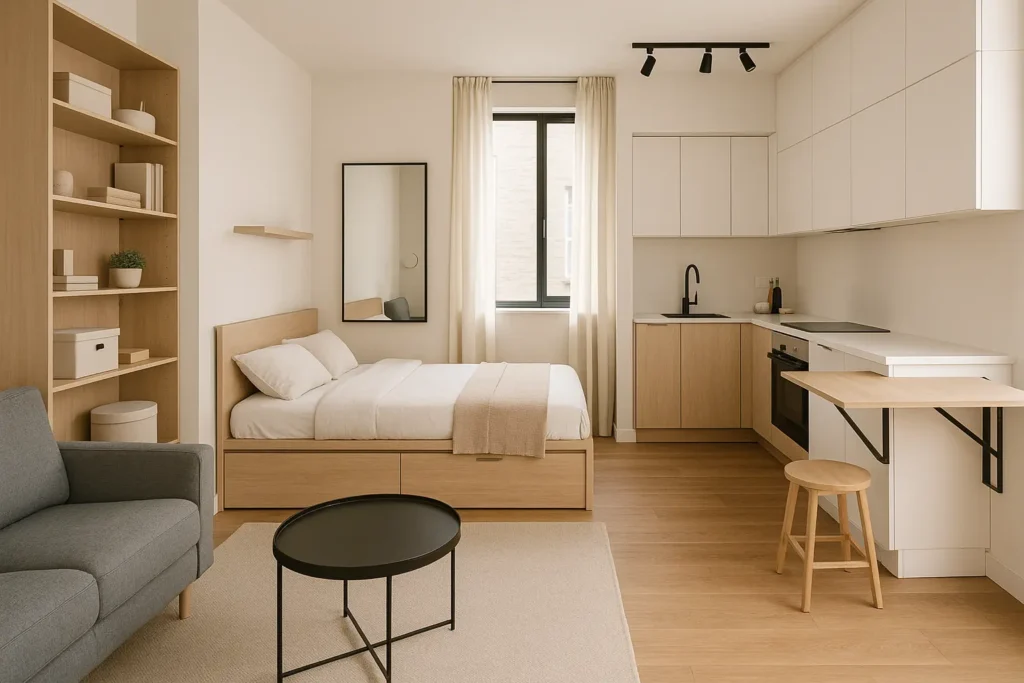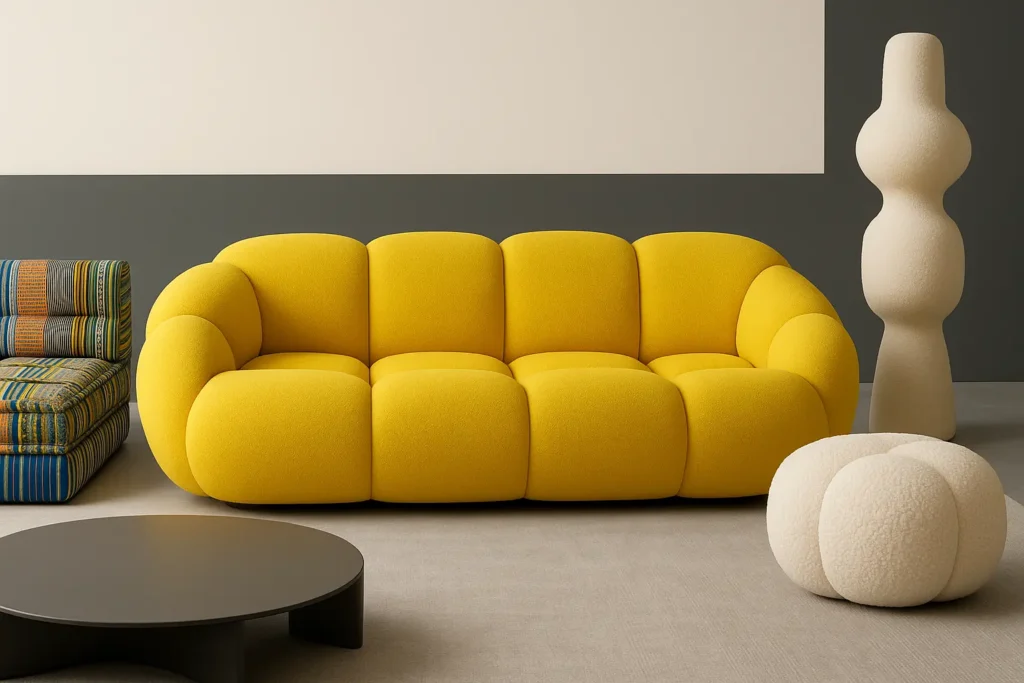The granite sink is increasingly popular in our kitchens. contemporary houses. The latter brings a touch of elegance and character to this living space. Generally composed of a mixture of 80% granite powder and 20% resin, this composite material is an attractive alternative to traditional sinks. Its apparent robustness and refined aesthetics are attractive at first glance, but like any material, the granite sink also has drawbacks that should be known before deciding. Between specific maintenance, installation considerations and possible alternatives, let's study together the essential aspects of this choice of layout for your kitchen.
Our article in brief:
Despite its elegance, granite sinks have several drawbacks to consider before adding them to your kitchen. Here are the main disadvantages of a granite sink:
- Chemical and thermal sensitivity : the granite sink is vulnerable to aggressive products and thermal shocks which can cause cracks.
- Binding interview : requires wiping after each use and a regular waterproofing.
- High cost : price varying from 100 to 1600€, not including professional installation made mandatory by its significant weight.
- Alternatives : stainless steel offers greater lightness and superior resistance to thermal shock.
Summary
The main disadvantages of composite granite sinks
Despite their growing popularity, granite sinks have several major drawbacks to consider before purchasing. sensitivity to harsh chemicals constitutes a notable weak point. Cleaners containing bleach, drain cleaners or chlorinated detergents can attack the surface and permanently alter its appearance.
On dark colored models, the limescale deposits become particularly visible and can tarnish the elegant appearance of your sink. These white marks contrast sharply with the dark background, creating an unsightly effect that is difficult to remove without regular maintenance.
Another significant disadvantage is its vulnerability to thermal shock. A sudden change in temperature, such as pouring ice water over a boiling pan, can cause cracks in the material. This thermal fragility requires constant attention during daily use.
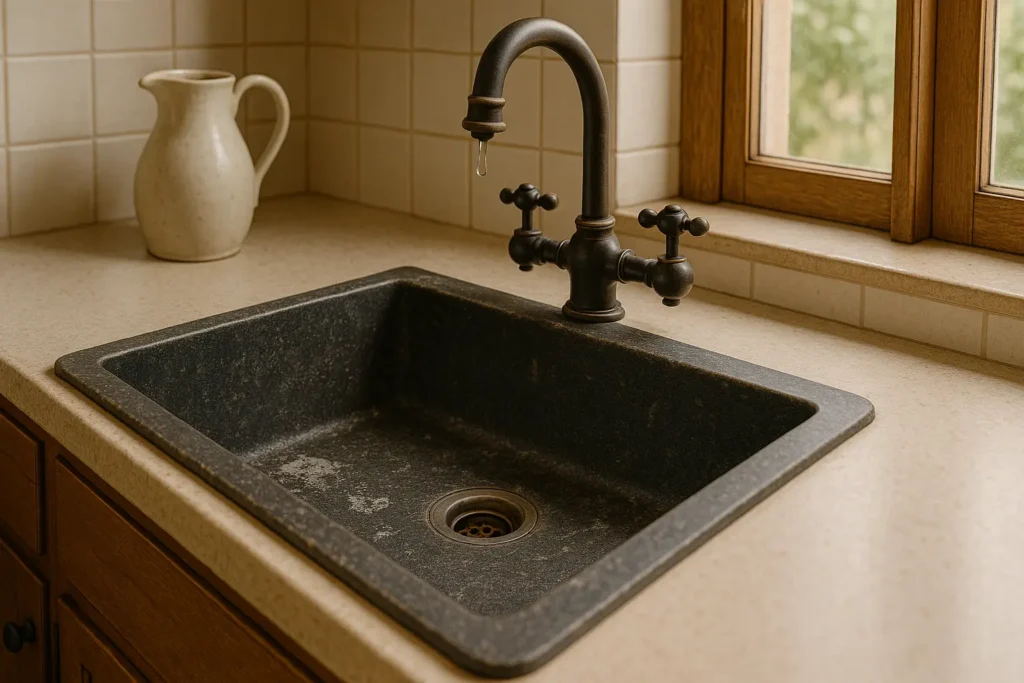
Although renowned for its strength, granite is not invulnerable to scratches. Over time, micro-scratches inevitably appear on the surface, especially in homes where cooking is intense. These marks, which are difficult to repair, gradually alter the initial impeccable appearance.
Finally, the very rigidity of the material can become a disadvantage. A glass or plate falling into a granite sink is much more likely to break than in a stainless steel model, which is more flexible and absorbs shocks better.
Here is a clear and concise summary table of the main Disadvantages of composite granite sinks :
| Inconvenience granite sink | Effects | Consequences |
|---|---|---|
| Sensitivity to chemicals | Attacked by aggressive cleaners (bleach, drain cleaners, chlorinated detergents). | Surface alteration, loss of shine, premature deterioration. |
| Visibility of limestone on dark shades | White deposits stand out strongly on dark sinks. | Tarnished aesthetics, need for regular maintenance. |
| Vulnerability to thermal shock | Risk of cracking in the event of sudden temperature changes. | Increased fragility, risk of irreversible deterioration. |
| Appearance of micro-scratches | Gradual wear of the surface, especially with intensive use. | Loss of new appearance, difficult to recover. |
| Material stiffness | Little flexibility in case of objects falling into the sink. | High risk of breakage of dishes (glasses, plates). |
Cost and Considerations for Installing a Granite Sink
Financial investment is a determining factor in choosing a granite sink. Prices vary considerably depending on size and quality, generally ranging from 100 to 1600 euros for standard models. Custom-made versions can reach much higher sums, up to 4000 euros, representing a significant budget in the design of a kitchen.
The considerable weight of this equipment constitutes a major technical constraint. A granite sink often weighs two to three times more than a stainless steel model of equivalent size. This characteristic almost systematically requires the intervention of a professional to ensure a secure and durable installation.
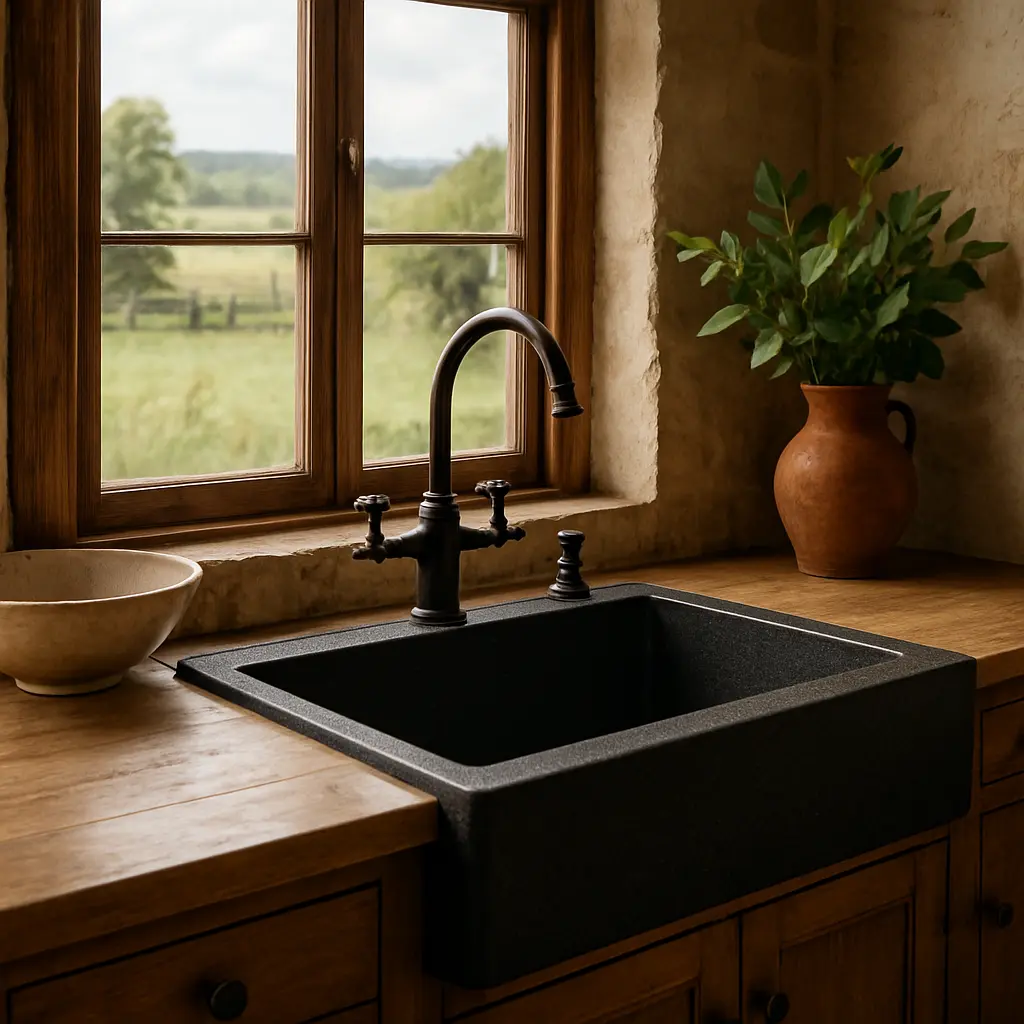
Installation may also require significant structural adjustments. The cabinet supporting the sink may need to be reinforced to support this additional load, resulting in significant additional costs. This consideration is particularly important in kitchens whose worktops were not originally designed for heavy loads.
| Material | Average price | Weight | Installation cost | Estimated lifespan |
|---|---|---|---|---|
| Composite granite | 300-1600€ | Very high | 150-300€ | 15-20 years old |
| Stainless steel | 80-500€ | Weak | 50-150€ | 15-30 years old |
| Ceramic | 200-900€ | Pupil | 100-250€ | 20-30 years old |
| Resin | 150-600€ | AVERAGE | 80-200€ | 8-15 years old |
In the event of a future renovation, dismantling and moving a granite sink can be particularly complex. Its weight complicates handling and increases the risk of damage to both the sink and the surrounding elements of your kitchen.
Daily maintenance and durability of a granite sink
Regular maintenance routine for your granite sink
Maintaining the pristine appearance of a granite sink requires rigorous daily discipline. Wiping after each use is an essential habit to prevent the appearance of limescale marks and maintain the shine of the material. This simple practice, although demanding, helps avoid many aesthetic problems in the long term.
The choice of cleaning products is of paramount importance. Only cleaners specifically formulated for granite should be used. Products containing bleach, ammonia, or overly acidic agents should be avoided at all costs, as they gradually attack the resin present in the composition.
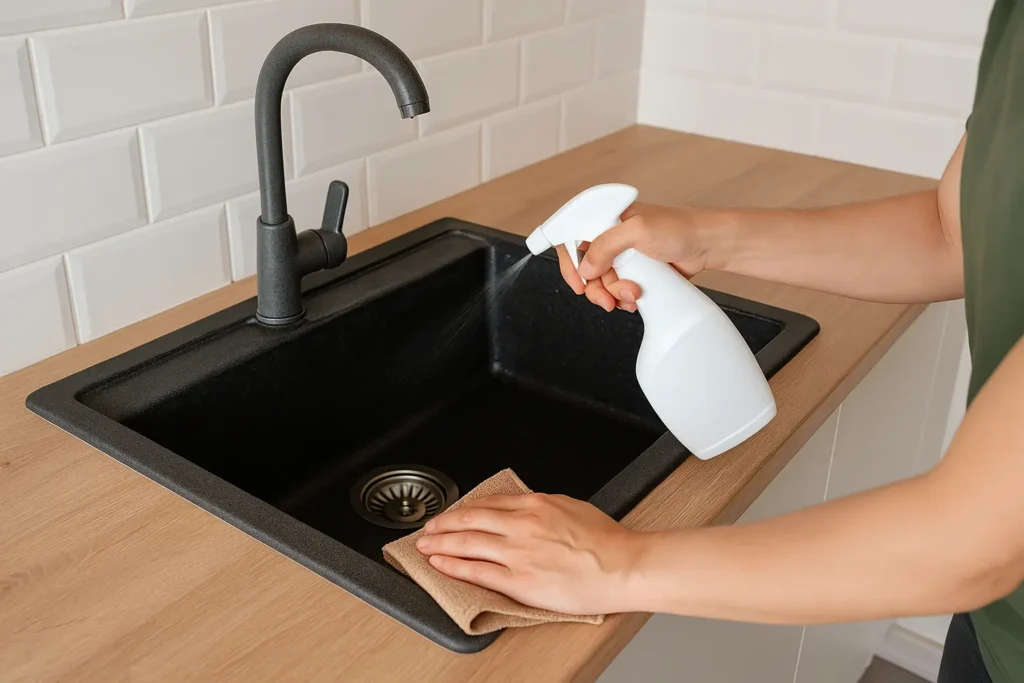
Every 12 to 18 months, the renewal of waterproofing becomes necessary to preserve waterproof properties of the surface. This operation, often neglected, nevertheless constitutes a fundamental step in the conservation of the qualities of the material and its resistance to stains.
Preserving the aesthetic appearance of your stone sink
Stains, especially those from coffee, wine, or certain colored vegetables, can become deeply embedded in granite if not treated promptly. To avoid this problem, immediate cleaning of residue and spills is a golden rule.
To maintain the characteristic shine of granite, the periodic use of a specific polish is recommended. This treatment revives the original shine and fills in the micro-porosities that inevitably appear over time and with use.
Alternatives to Granite Sinks: Comparing Kitchen Materials
Faced with the disadvantages of granite, other materials offer interesting alternatives. Stainless steel remains the great classic of modern kitchens, appreciated for its lightness, its affordable price and its exceptional resistance. Although it scratches more easily, it has the advantage of not fearing thermal shocks and is easy to maintain.
Ceramic is an elegant and hygienic option. Its non-porous surface is remarkably resistant to stains and chemicals. However, its tendency to crack upon strong impacts and its significant weight are important limitations to consider.
Resin sinks, more affordable and available in a wide range of colors, are appealing due to their lightness and ease of installation. However, their lower resistance to heat and scratches makes them a less durable solution than granite in the long term.
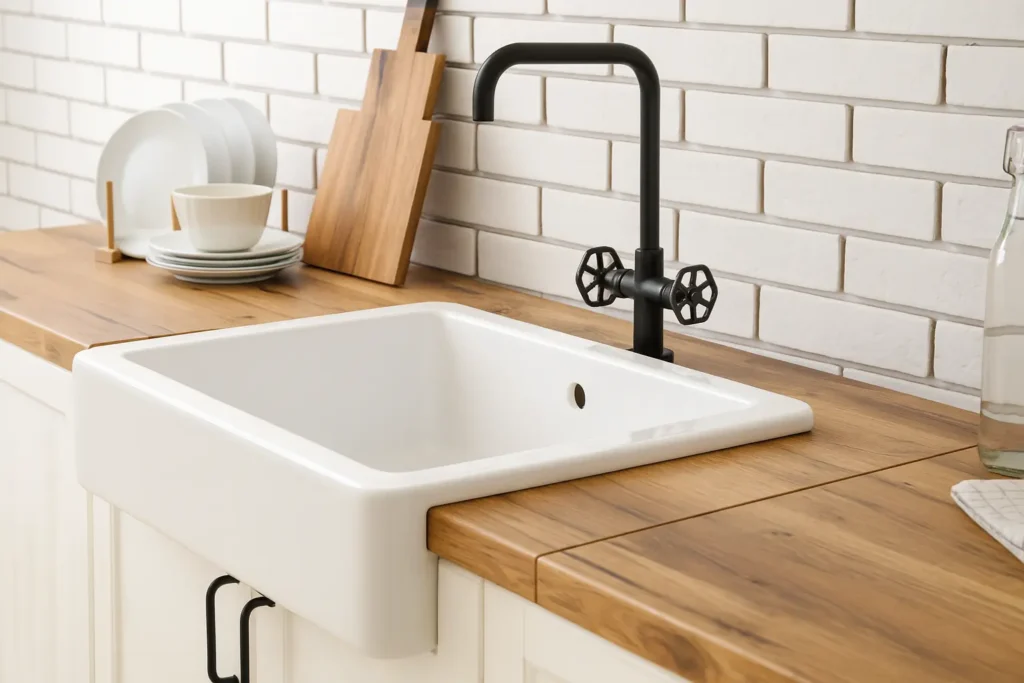
Tips to Minimize the Disadvantages of a Granite Sink
Preventing Damage to Your Stone Sink
To extend the life of your granite sink, several precautions are necessary. The systematic use of a bottom grid effectively protects the surface from direct impacts and potential scratches. This simple accessory represents a minor investment with considerable benefits.
- Avoid sudden changes in temperature allowing hot containers to cool gradually before rinsing them
- Use neutral cleaning products specifically designed for composite granite.
- Always wipe the sink after each use to prevent limescale deposits.
- Renew the waterproofing according to the manufacturer's recommendations, generally every 12 to 18 months
- Avoid cutting directly in the sink or placing sharp objects in it without protection.
Optimizing your investment in a granite sink
Choosing the right model based on the intended intensity of use can greatly improve your satisfaction. For a large family or intensive cooking, a double-basin model with a generous depth will offer greater practicality and daily comfort.
Color selection deserves special attention. Medium or granular shades naturally camouflage signs of wear, limescale deposits, and possible scratches better than very dark or uniform colors. This aesthetic consideration directly influences the perception of cleanliness and the necessary maintenance.
Finally, installation by a qualified professional, although an additional cost, guarantees durability. A perfectly executed installation prevents many structural problems and ensures harmonious integration into your kitchen space, transforming a simple piece of equipment into a durable and functional decorative element.
